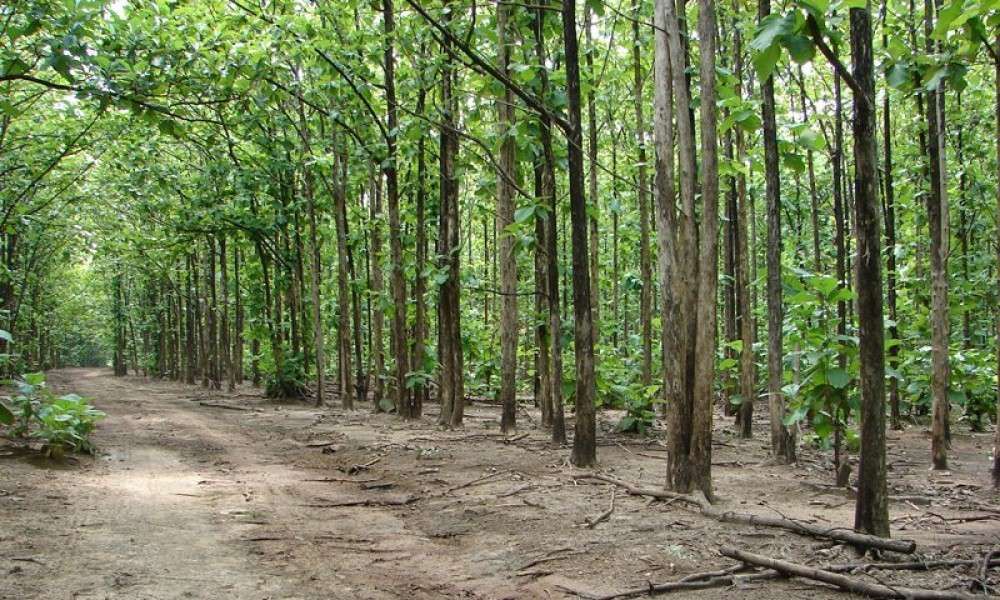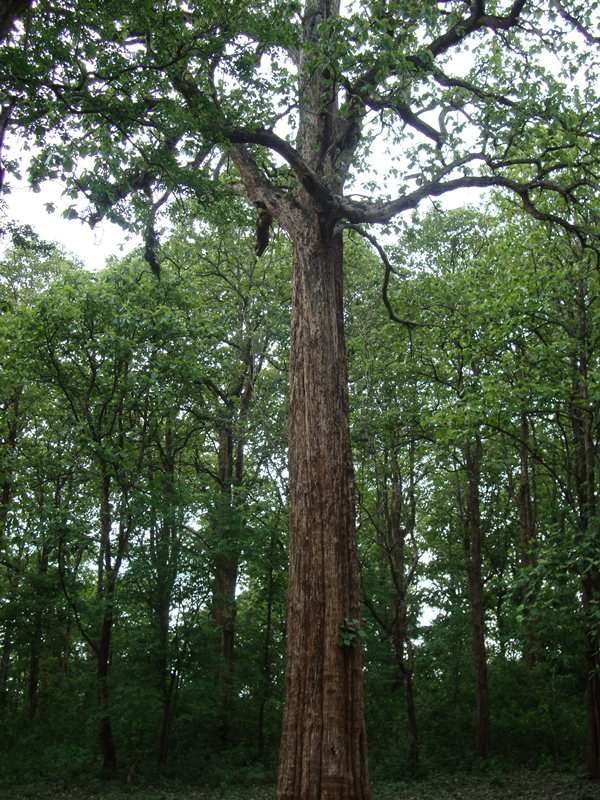Trees for Life - Talking Teak

“Trees for Life” is a model where Project GreenHands promotes agro-forestry plantation among farmers. Under this initiative, PGH provides tree saplings of around 18 different species that are of ecological and economic benefit to farmers. Ideally, a farmer who operates on one acre of land can easily plant 100 trees in a single line along the periphery of his farm land.

Do you know which tree tops the list as far as farmers’ favourites go? Teak, of course. One of our most expensive woods, valued for its elegance and its durability.
Subscribe
The teak tree (Tectona grandis) is native to the tropics and has adorned the residences of the wealthy and powerful since the 7th century. It was even used by the Dutch for ship building because of its ability to ward off dry rot. Teak is found in southeast nations like Malaysia, Burma and Thailand.
Teak harvesting is considered quite seriously in Indonesia, where the Government has a corporation to manage the country’s resources, in which each tree felled is replaced by planting a new one.
Why is teak so special?

In any tree, there is oil that protects the tree. Teak has the ability to retain these oils and its rubber even after being felled and processed. Because of this, the wood has greater weather-resistant property and does not require weather-proof oil and other treatments.
Planting trees in farmlands can yield multiple commercial benefits. Timber value trees harvested after a period of 10 years, can easily fetch Rs 20,000/- per tree. To someone who knows nothing about insurance or deposit schemes, these trees are the only wealth he would have earned in his life.
Incidentally, in Project GreenHands, we encourage farmers to plant Mahogany trees instead of Teak. If you want to know why... watch this space!
To plant a tree and support a farmer, log on to giveisha.org/pgh




